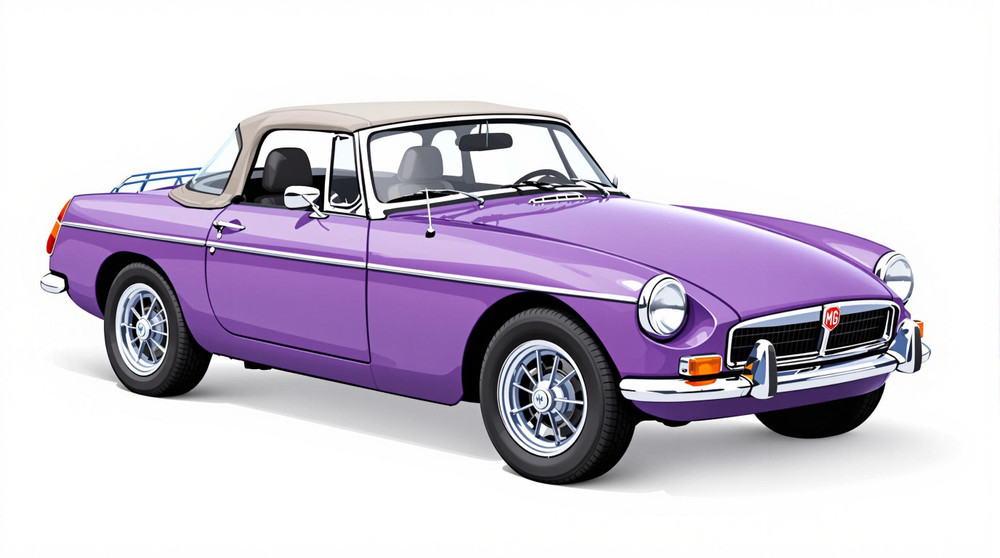Image of 1972 Mg Mgb, Note: These illustrations use artistic license and may differ from actual historical models.
Performance Metrics
Fundamental Metrics
Emotional Appeal
MMP Rating
| Engine Specifications | |
|---|---|
| Engine: | Inline 4 |
| Displacement: | 1.8L (1798 cc) |
| Horsepower: | 95 hp at 5400 rpm |
| Torque: | 110 lb-ft at 3000 rpm |
| Compression Ratio: | 8.8:1 |
| Ignition System: | Electronic |
| Cooling System: | Water-cooled |
| Performance Specifications | |
| 0-60 Time: | 11 seconds |
| 1/4 Mile Time: | 18 seconds |
| Top Speed: | 105 mph |
| Transmission and Drive | |
| Drive Type: | RWD (Rear Wheel Drive) |
| Transmission Type: | 4-speed manual |
| Fuel and Efficiency | |
| Fuel System Type: | Twin SU carburetors |
| MPG: | 20-25 mpg |
| Dimensions and Brakes | |
| Brakes: | Disc brakes front, drum rear |
| Wheelbase: | 91 inches |
| Weight: | 2,200 lbs |
Note: Specifications for classic cars are given to the best of our ability, considering the limited and variant data available.
1972 MG MGB: A Timeless British Classic
The 1972 MG MGB is a testament to the enduring appeal of British sports cars. Born from the storied assembly lines of the Morris Garages (MG), this model year represents the zenith of the MGB's classic design before more stringent regulations began to alter its iconic contours. With its blend of sprightly performance and quintessential roadster charm, the '72 MGB carved out a niche that still resonates with enthusiasts today. Notably, this was one of the last years before rubber bumpers and raised ride heights were introduced, preserving the purity of its design.
Design and Innovation
The MGB's exterior styling is characterized by its curvaceous bodywork, chrome accents, and wire-spoke wheels—a visual poetry in motion. The roadster's cockpit was a no-frills affair, with a focus on driver engagement over luxury. Seats were trimmed in vinyl or optional leather, and the dashboard sported a straightforward layout with Smiths gauges providing vital feedback. Technologically, the '72 MGB was modest but featured innovations like a unibody construction and crumple zones ahead of their time. Color options ranged from vibrant reds to subtle greens, with British Racing Green being a particularly sought-after hue. The most iconic body style remains the two-door convertible, though a GT coupe variant was also available.
Historical Significance
The MGB's impact on automotive design is undeniable. It democratized sports car ownership, offering exhilarating performance at an accessible price point. Its design influenced numerous vehicles and helped cement the roadster as an automotive archetype. The '72 MGB stood out for its balance of tradition and modernity, capturing the essence of what many consider the "golden age" of British sports cars.
Performance and Handling
Underneath the bonnet lay a 1.8-liter B-series inline-four engine, propelling the MGB to a top speed nearing 105 mph with a 0-60 mph time of around 11 seconds—respectable figures for its era. Handling was nimble, with rack-and-pinion steering providing direct feedback. The driving experience was visceral; from the throaty exhaust note to the tactile sensation of wind in your hair, piloting an MGB was to engage in an automotive ballet.
Ownership Experience
The 1972 MG MGB was versatile enough to serve as a daily driver or weekend showpiece. Its mechanical simplicity meant that maintenance could often be performed by owners themselves, though parts availability has become more challenging over time. Reliability was typical for the era; regular upkeep would keep an MGB on the road for years to come.
Fun Facts
The MGB has graced both small screens and silver screens alike, often symbolizing quintessential British flair. A noteworthy fact is that Paul McCartney owned an MGB Roadster; if it's good enough for a Beatle, it's good enough for us! While not known for breaking speed records, it did set records in sales as one of the best-selling sports cars of its time.
Collector's Information
Today, values for a well-maintained 1972 MG MGB can vary widely based on condition and originality. Estimates suggest that over half a million units were produced during the entire production run of all MGB models. As for this specific model year, prices can range from $5,000 for models needing work to upwards of $20,000 or more for pristine examples. The market trend shows appreciation for these classics as they become rarer and more desirable among collectors.
Conclusion
The 1972 MG MGB remains an icon of automotive history—a charming British roadster that offers a pure driving experience reminiscent of a bygone era. Its combination of style, performance, and heritage ensures that it continues to be celebrated by collectors and driving enthusiasts around the world.
1972 Mg Mgb Catalog of Parts
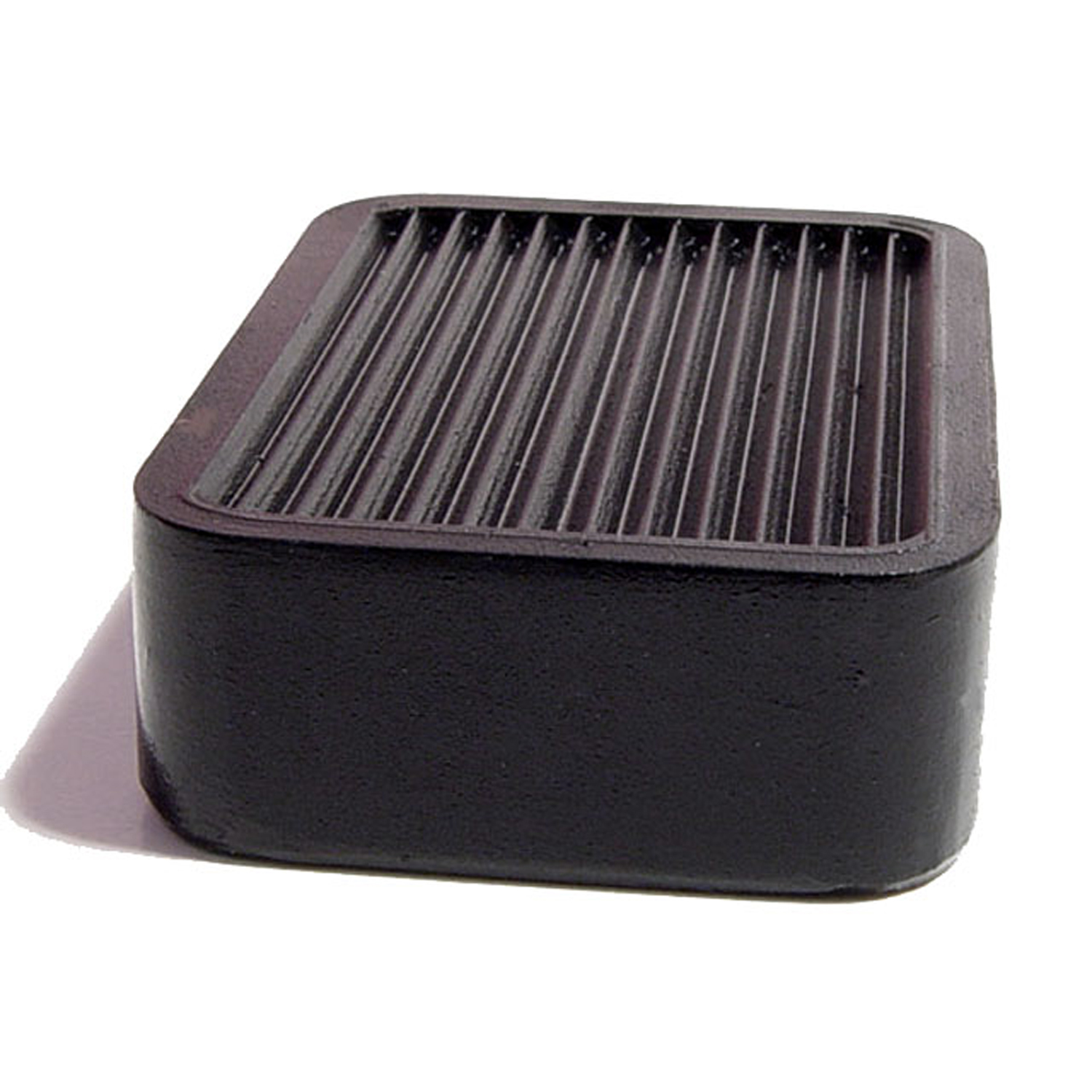 1972 MG MGB Accelerator Pedal Pad. 1-3/16" wide X 1-5/8" long. Each-AP 28Accelerator Pedal Pad. 1-3/16" wide X 1-5/8" long. Each
1972 MG MGB Accelerator Pedal Pad. 1-3/16" wide X 1-5/8" long. Each-AP 28Accelerator Pedal Pad. 1-3/16" wide X 1-5/8" long. Each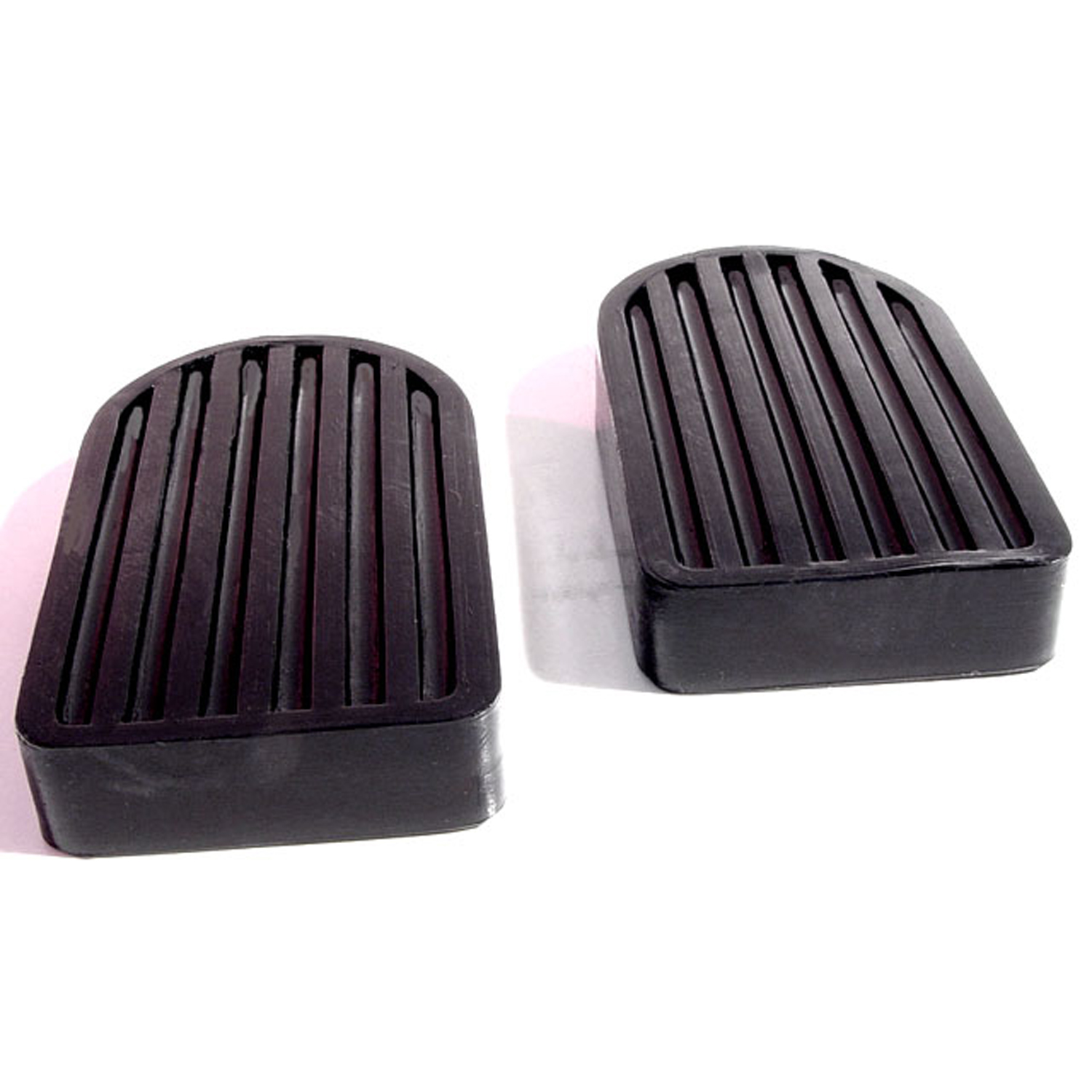 1972 MG MGB Clutch and Brake Pedal Pads. 1-3/4" wide X 3" long. Pair-CB 86Clutch and Brake Pedal Pads. 1-3/4" wide X 3" long. Pair
1972 MG MGB Clutch and Brake Pedal Pads. 1-3/4" wide X 3" long. Pair-CB 86Clutch and Brake Pedal Pads. 1-3/4" wide X 3" long. Pair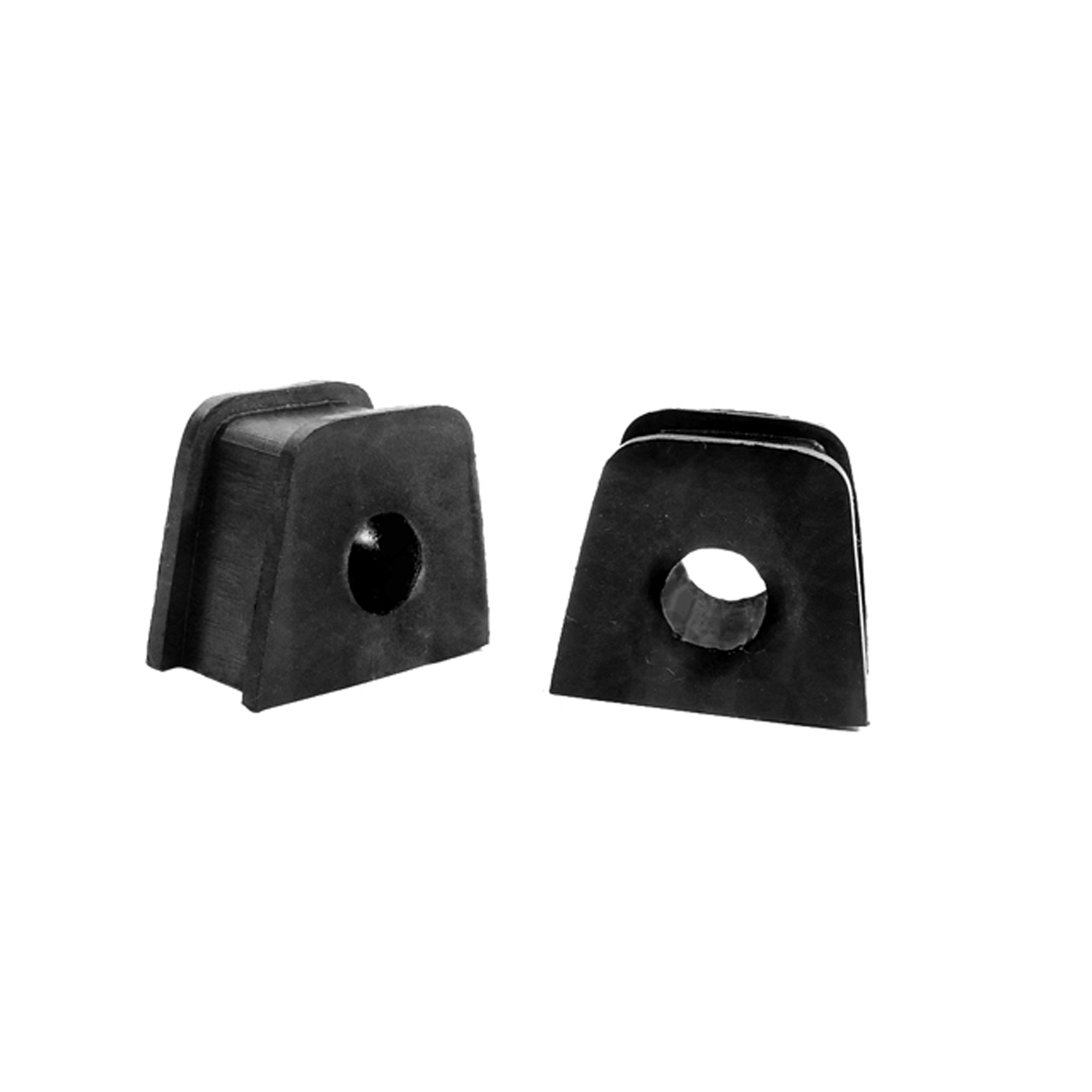 1972 MG MGB Stabilizer Bar Bushings. 1-1/2" high, 3/16" I.D. Pair-RP 22Stabilizer Bar Bushings. 1-1/2" high, 3/16" I.D. Pair
1972 MG MGB Stabilizer Bar Bushings. 1-1/2" high, 3/16" I.D. Pair-RP 22Stabilizer Bar Bushings. 1-1/2" high, 3/16" I.D. Pair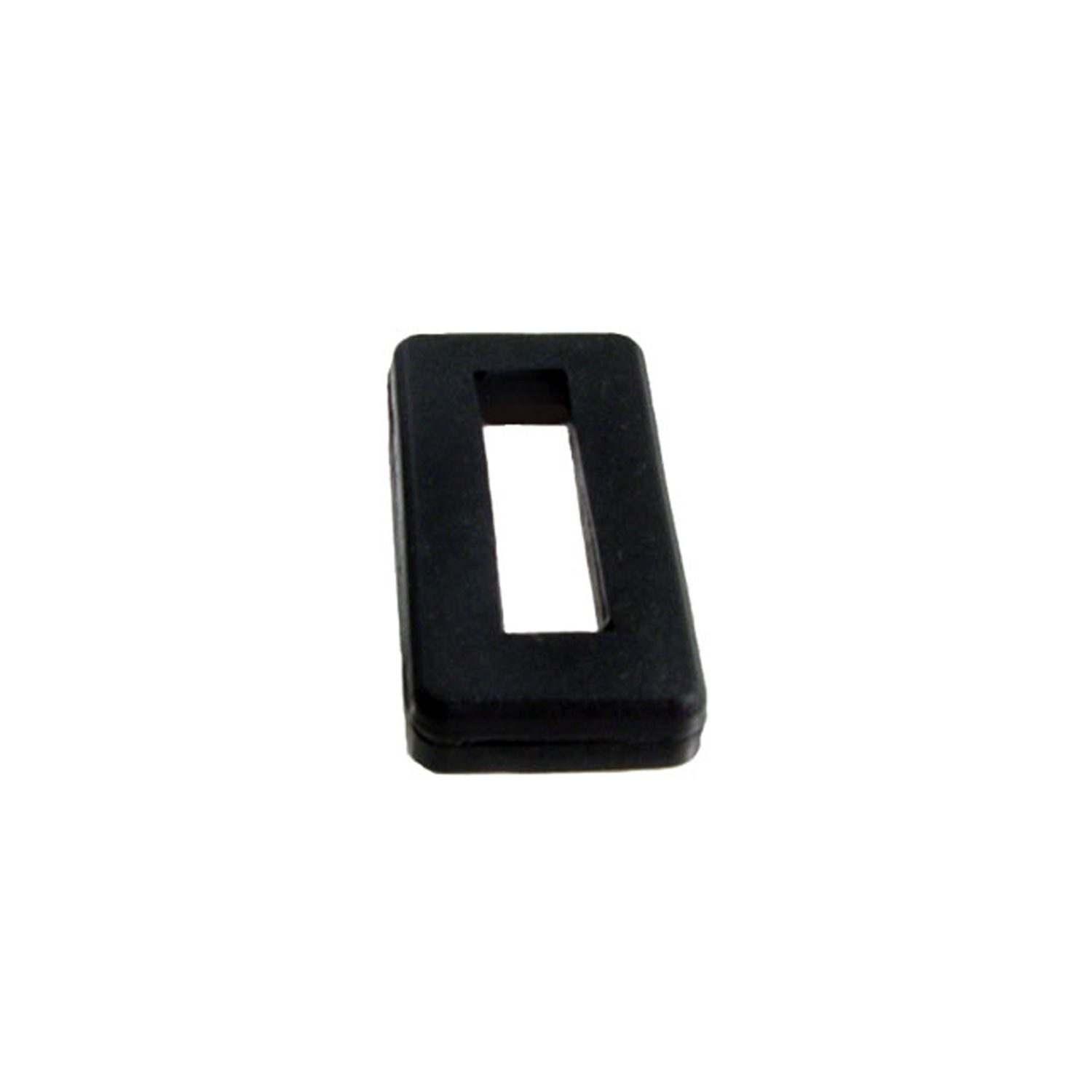 1972 MG MGB Grille Shell Grommet. 2" X 1" X 5/16" Thick. Each-SM 7Grille Shell Grommet. 2" X 1" X 5/16" Thick. Each
1972 MG MGB Grille Shell Grommet. 2" X 1" X 5/16" Thick. Each-SM 7Grille Shell Grommet. 2" X 1" X 5/16" Thick. EachWhy Choose Metro?
For over 100 years, Metro Moulded Parts has been the pinnacle of quality in classic car restoration parts. Our commitment to precision and authenticity in every component ensures a perfect fit and an OEM-level appearance.
- Expert Craftsmanship & Quality: Each part is a testament to our dedication to reliability and perfection, crafted from original designs and thoroughly tested.
- Advanced Technology: We use cutting-edge techniques to create flawless, long-lasting parts that surpass others in performance.
- SuperSoft Sponge – The Ultimate Door Seal: Not only are our door seals 30% softer than competitors', but they're also guaranteed to never leak. They effectively reduce wind and road noise, enhancing your classic car's comfort and driving experience.
- Proudly American: Our parts are a product of American craftsmanship, made in the USA with a spirit of excellence and heritage.
- Unrivaled Warranty: We back our products with a 30-year industry-leading warranty, a testament to our confidence in their quality.
Join us in preserving the legacy of classic cars with parts that are crafted for perfection, not just made.

